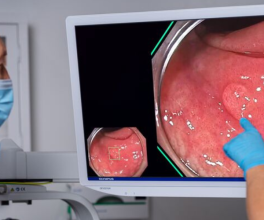
Check Your Colon
Colonoscopy: The Gold Standard for Preventing Colorectal Cancer
Colonoscopy gets a bad rap for being embarrassing and uncomfortable, and generally gets dismissed in conversation as soon as it’s mentioned. In fact, Olympus recently conducted a survey of the general public, and while the large majority of respondents (82%) understand that colonoscopy is the gold standard for colorectal cancer screening1, nearly 24% of respondents of screening age report purposely avoiding or delaying getting a colonoscopy.
This an important conversation to have – getting a colonoscopy can help your doctor detect and treat early problems that could lead to colorectal cancer. Up to 60% of colorectal cancer deaths could be prevented with routine screening2.
We’re arming you with the facts so that you can make an educated choice to get screened and potentially prevent colorectal cancer.
What is a colonoscopy?
The colonoscopy procedure is nothing to feel embarrassed about. It is a simple and safe procedure where your doctor will use an endoscope – a flexible tube with a camera – called a “colonoscope” to examine your colon and rectum, looking for abnormalities called polyps. If any abnormal or precancerous polyps are present, your doctor may remove them or take a biopsy through the scope.
Before the procedure, your physician may give you a mild sedative to keep you comfortable so that you do not feel any pain. In some cases, a stronger sedative may be used so that you can be asleep during the procedure.
During the procedure, the colonoscope is inserted through the rectum and into the colon. The colonoscope is about the diameter of a pinkie finger and is lubricated to allow for easier insertion. If your doctor finds any abnormal areas during the colonoscopy, they may take a biopsy. If there any polyps are found, they may be removed and biopsied as well.
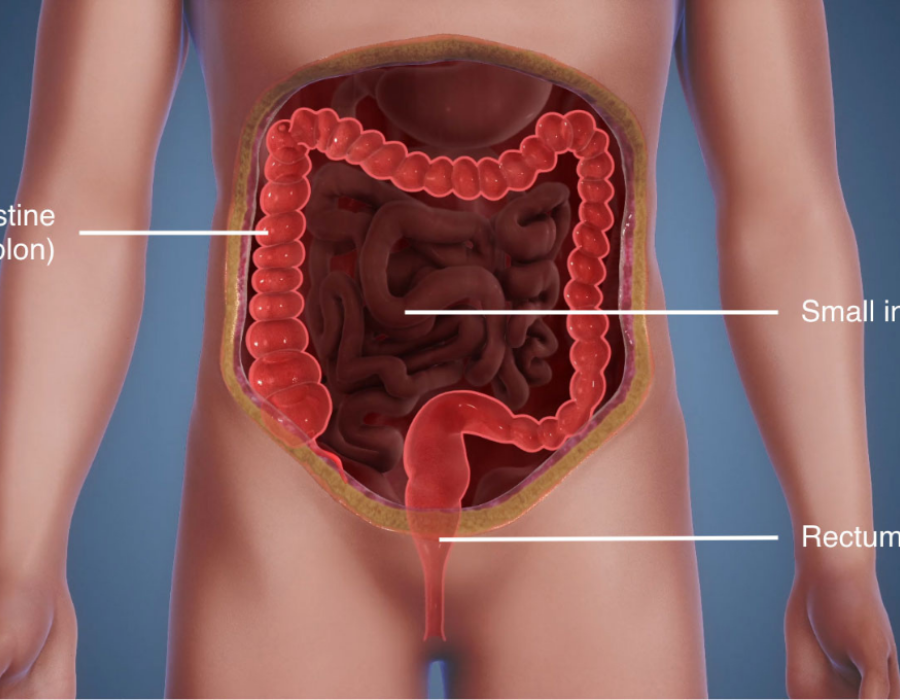
What are polyps?
Polyps are tissue growths inside the colon or rectum that are generally benign but can develop into cancer if they are allowed to grow. Some types of polyps can change into cancer over time (usually many years), but not all polyps become cancer. The chance of a polyp turning into cancer depends on the type of polyp it is.
There are three different types of polyps that can be found inside the colon or rectum with colonoscopy2:

- Hyperplastic polyps and inflammatory polyps: Most common polyps, generally not pre-cancerous.

- Adenomatous polyps (adenomas): Can change into cancer and because of this are called a pre-cancerous condition.
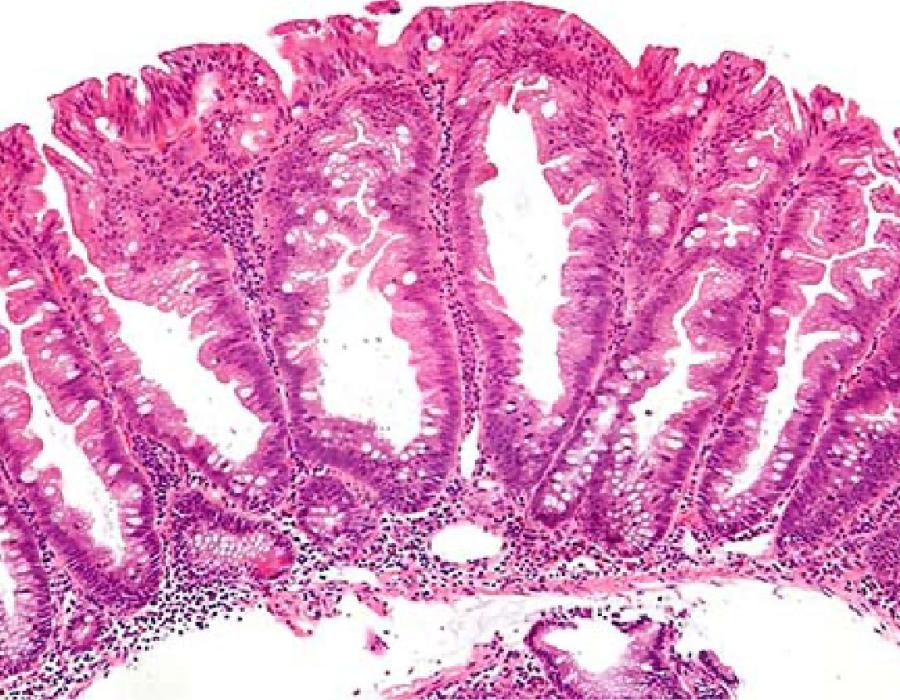
- Sessile serrated polyps (SSP) and traditional serrated adenomas (TSA): Often treated like adenomatous polyps and removed during a colonoscopy because they also have a high risk of developing into colorectal cancer
What is adenoma detection rate (ADR)?
The colon is the longest part of the large intestine, making colonoscopy a complex process. The lining of the colon is shaped like an accordion and has many folds, so it can be difficult to see behind them, creating risk that polyps might be missed during a colonoscopy.
Adenoma detection rate (ADR) is currently the best “report card” for colonoscopy performance and is like a “batting average” for colonoscopists. A doctor's adenoma detection rate is the proportion of individuals undergoing a complete screening colonoscopy who have one or more adenomas, or polyps, detected.
When considering a doctor for a colonoscopy, you should be looking for a doctor with an adenoma detection rate of at least 20% in women and 30% in men2. A higher adenoma detection rate (ADR) improves a physician’s ability to detect cancer at an early stage.
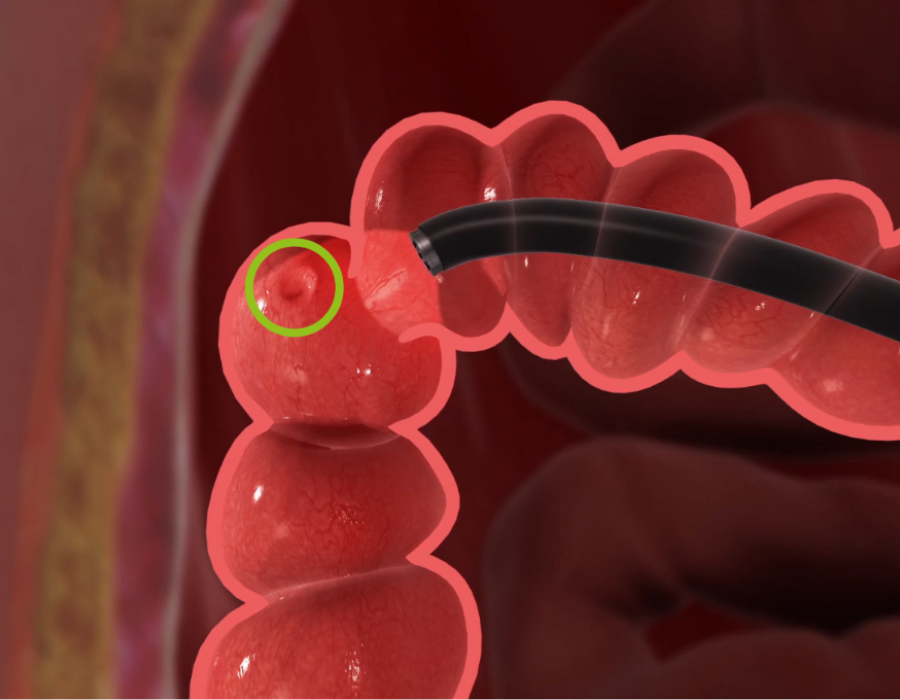
Colorectal cancer is 95% curable if it’s discovered early. Studies show that for each 1% increase in the rate of detection, there’s a 3% reduction in the risk of cancer between colonoscopy screenings. There is also 5% reduction in the risk of fatal colorectal cancer3.
What is ENDOCUFF VISION® and how does it help?
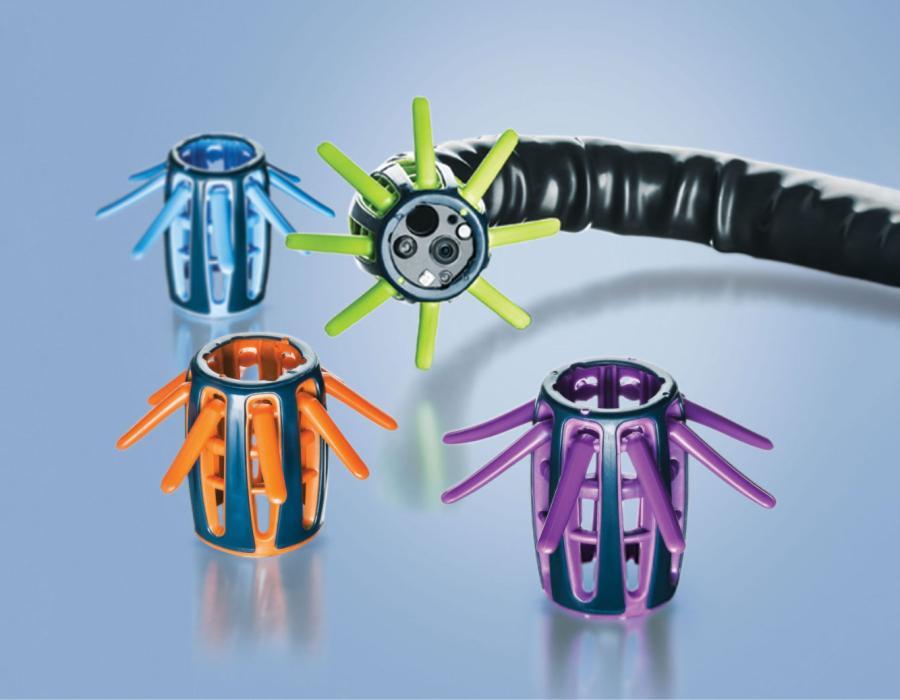
ENDOCUFF VISION is a single-use device placed on the tip of a colonoscope with soft, flexible arms that flatten the colon’s folds to bring difficult-to-see areas behind the folds into view, where polyps are often hidden and missed.
ENDOCUFF VISION has been shown to increase physicians’ adenoma detection rate (ADR) by up to 11%. More accurate colon screening with improved visualization from the ENDOCUFF VISION lowers the chances of missing polyps, which can prevent fatal cancer4.
We encourage you to learn more about colonoscopy – both procedure and prep – and colorectal cancer prevention today. Don’t miss out on life’s greatest moments.
The ENDOCUFF VISION is intended to be attached to the distal end of the endoscope to facilitate endoscopic therapy, to be used for the following: keeping the suitable depth of the endoscope’s view field; Helping the endoscope with being inserted into the gastrointestinal tract. The ENDOCUFF VISION is not intended for deep ileal intubation. The ENDOCUFF VISION should not be used in cases with acute, severe colitis or where there is known colonic stricture. The ENDOCUFF VISION should or shall not be used for complex sub-mucosal dissection where a separate distal attachment is required.
1 Media Backgrounders - Detail - Colorectal Cancer Screening. Default. https://www.asge.org/home/about-asge/newsroom/media-backgrounders-detail/colorectal-cancer-screening.
2 “Don't Miss Out on Life's Greatest Moments.” Colonoscopy Today, www.colonoscopytoday.com/.
3 Corley DA, Jensen CD, Marks AR, et al. Adenoma Detection Rate and Risk of Colorectal Cancer and Death. N Engl J Med, 2014;370(14)1298-1306
4 Williet N, Tournier Q, Vernet C, et al. Effect of Endocuff- assisted colonoscopy on adenoma detection rate: meta-analysis of randomized controlled trials. Endoscopy. 2018;50(9):846-860. doi:10.1055/a-0577-3500




